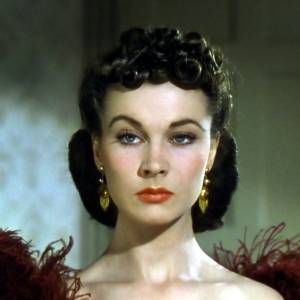
GONE WITH THE WIND: On Unlikable Characters and Problematic Art

Is there racism in GWTW? Yes. I’m not denying that. For this post, though, I want to look at Scarlett.
I am a born and bred Northerner, and when I moved to the South (North Carolina) for grad school, I assumed I would hate it. I had fixed stereotypes in my head, and though some were not altogether unfounded, I was pleasantly surprised. I should note, though, that I was not in a town that is typical of the rest of the state. Chapel Hill is a blue town in a mostly red state. I ended up staying after school ended, and the South has wedged itself into my heart in a way no other place has. I would often talk with native North Carolinians about their views on the Civil War, aka the War Between the States (or as one person described it to me, “The War of Northern Aggression”), and heard stories of their own conflicting opinions and legacies of family members killed in the war.
It is said that Mitchell first named Scarlett 
Scarlett stirs up a mix of conflicting and complex emotions, which is why it’s so fascinating to discuss her with others. Some people love her, some hate her, some admire her (or all of the above). I would venture to say Mitchell was ahead of her time in creating a character like her — subtly rebelling against “being a lady,” having children but not transforming into a stereotypically motherly figure and refusing to be defined by that role, and even daring to make her unlikable.
This, I think, is what makes the novel so rich and layered. Each character can be examined and discussed, because there is so much there in the story. Mammy, Prissy, Melanie, Rhett, Ashley — each one could be its own post. Whether you love or hate GWTW, it has endured for more than 75 years. It spurs discussion about race, society, the War Between the States, and more. And isn’t that the sign of a good book — or art? Work that makes you think and talk, even if you don’t agree with it or even like it?











